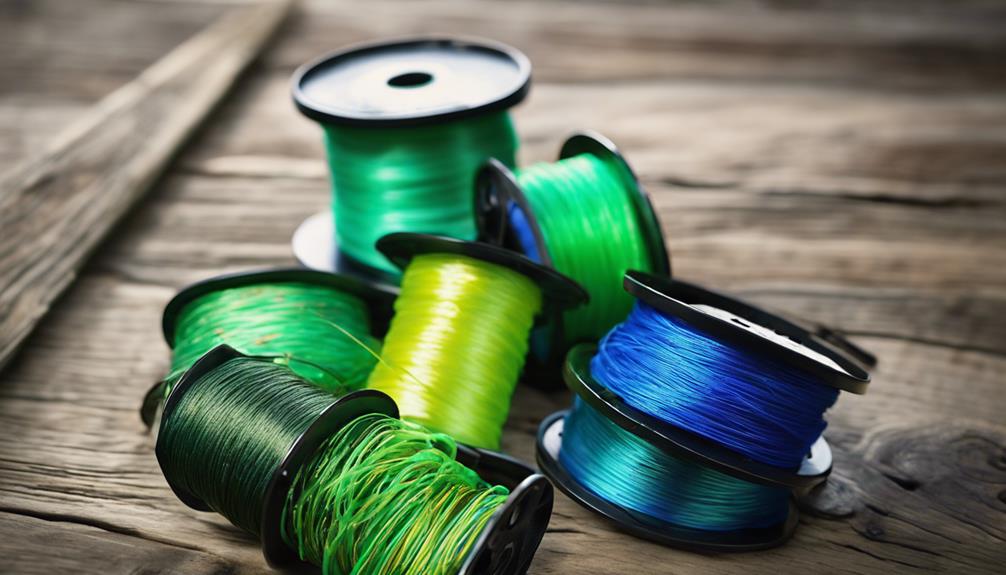Fishing is a beloved pastime for many, providing relaxation, enjoyment, and a connection to nature. However, before you grab your fishing gear and head to the water, you may wonder, “Do I need a fishing license to catch and release?” In this comprehensive guide, we’ll explore the regulations surrounding fishing licenses, the importance of responsible fishing practices, and tips for successful catch-and-release fishing.
Understanding Fishing Licenses and Regulations
Fishing regulations vary by state and region, and they often include rules about obtaining a fishing license. In most areas, a fishing license is required regardless of whether you plan to keep your catch or release it back into the water. These licenses help manage fish populations and ensure sustainable fishing practices. Before heading out, it’s crucial to check your local regulations to determine whether a fishing license is necessary for catch-and-release fishing. Many states have specific guidelines that dictate when a license is required, so always do your research beforehand.
Why Are Fishing Licenses Important?
Fishing licenses play a vital role in conservation efforts and the protection of aquatic ecosystems. When you purchase a fishing license, the fees often contribute to wildlife management programs, habitat restoration, and conservation initiatives. This funding helps maintain healthy fish populations and ensures that future generations can enjoy fishing. Understanding the importance of fishing licenses not only helps you comply with local laws but also emphasizes your role in promoting sustainable fishing practices. So, even if you plan to catch and release, obtaining a fishing license is a responsible choice.
Catch and Release Fishing: Best Practices
If you’re wondering, “Do I need a fishing license to catch and release?” you’re likely interested in the ethics of fishing as well. Catch and release fishing can be an eco-friendly way to enjoy the sport while minimizing the impact on fish populations. To ensure a successful catch and release, it’s essential to follow best practices. Always use the right tackle and gear suited for the species you’re targeting. Use barbless hooks if possible, as they reduce injury to the fish. When handling the fish, wet your hands first to avoid removing their protective slime coating, which helps them stay healthy. Finally, minimize the time the fish spends out of the water to increase its chances of survival.
Local Regulations: What You Need to Know
It’s crucial to familiarize yourself with local fishing regulations, as they can vary significantly by state or region. Some areas may have specific rules regarding which species can be caught and released, as well as restrictions on catch sizes and seasons. For example, some states may require licenses for all anglers, while others may have exemptions for youth or senior anglers. Additionally, certain regions may have designated catch-and-release areas where fishing is only permitted under specific guidelines. Always check with your local fish and wildlife agency or website for the most up-to-date information regarding fishing licenses and regulations.
Consequences of Fishing Without a License
Fishing without a proper license can lead to serious consequences, including hefty fines and legal repercussions. Wildlife enforcement agencies actively patrol fishing areas to ensure compliance with regulations. If you’re caught fishing without a license, you may face penalties that vary by state but can include fines, confiscation of fishing gear, and even court appearances. Furthermore, fishing illegally undermines conservation efforts and can harm local ecosystems. By obtaining a fishing license, you support responsible fishing practices and avoid these potential pitfalls.
Understanding Different Types of Fishing Licenses
When considering whether you need a fishing license to catch and release, it’s helpful to understand the different types of fishing licenses available. Most states offer various license options, including resident and non-resident licenses, annual and temporary licenses, and licenses specific to certain types of fishing (e.g., freshwater vs. saltwater). Some states also offer free or discounted licenses for seniors, disabled individuals, or youth under a certain age. Knowing your options can help you choose the most suitable license for your fishing needs and ensure you’re compliant with local laws.
Catch and Release: The Ecological Impact
Many anglers choose to catch and release for its ecological benefits. When done correctly, catch and release fishing can help maintain fish populations and contribute to the health of aquatic ecosystems. Overfishing can lead to declines in fish populations, affecting the overall balance of the ecosystem. By practicing catch and release, you’re helping to sustain local fisheries and ensure that fish populations remain robust for future generations. This practice not only benefits the environment but also enhances your fishing experience, allowing you to enjoy the thrill of the catch without negatively impacting fish stocks.
Conclusion: Your Responsibility as an Angler
In conclusion, the question, “Do I need a fishing license to catch and release?” highlights the importance of understanding fishing regulations and practicing responsible fishing. Regardless of your intention to catch and release, obtaining a fishing license is essential for compliance with local laws and for supporting conservation efforts. By following best practices for catch and release, you can enjoy the sport of fishing while ensuring the health of aquatic ecosystems. Remember, as an angler, you play a crucial role in the sustainability of fish populations and the overall health of our natural resources.
With this comprehensive guide, you should now have a clearer understanding of the need for a fishing license when engaging in catch-and-release fishing. Always stay informed, follow local regulations, and prioritize responsible fishing practices to contribute to a sustainable future for fishing. Happy fishing!
